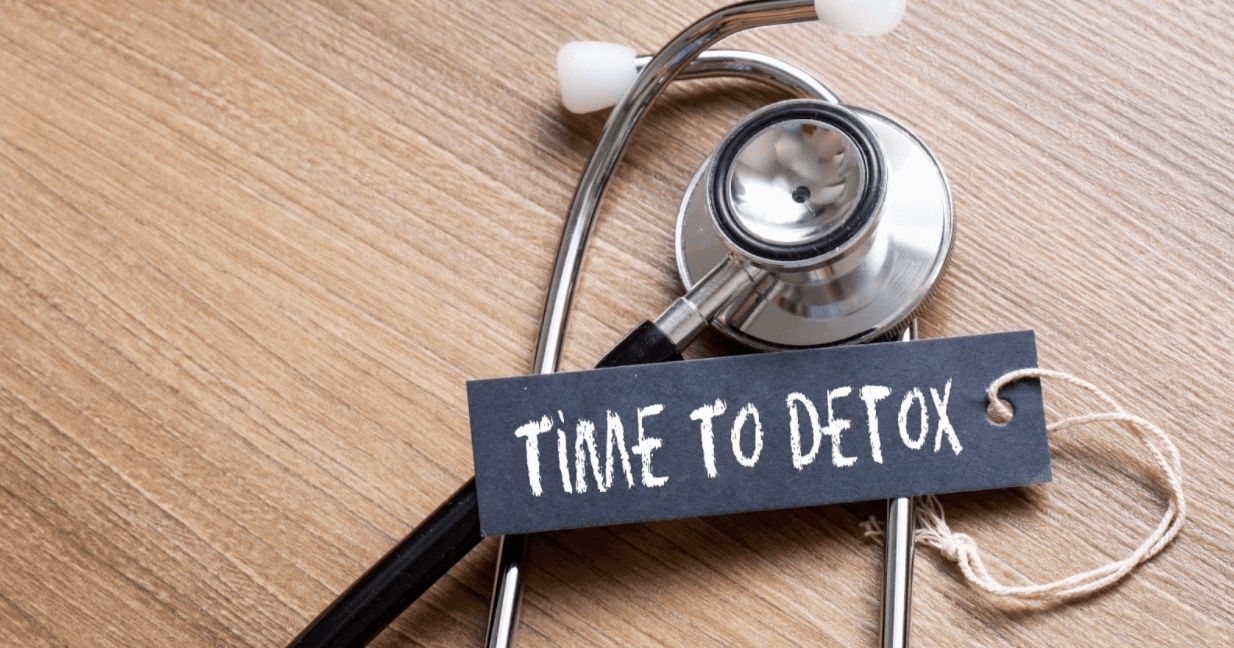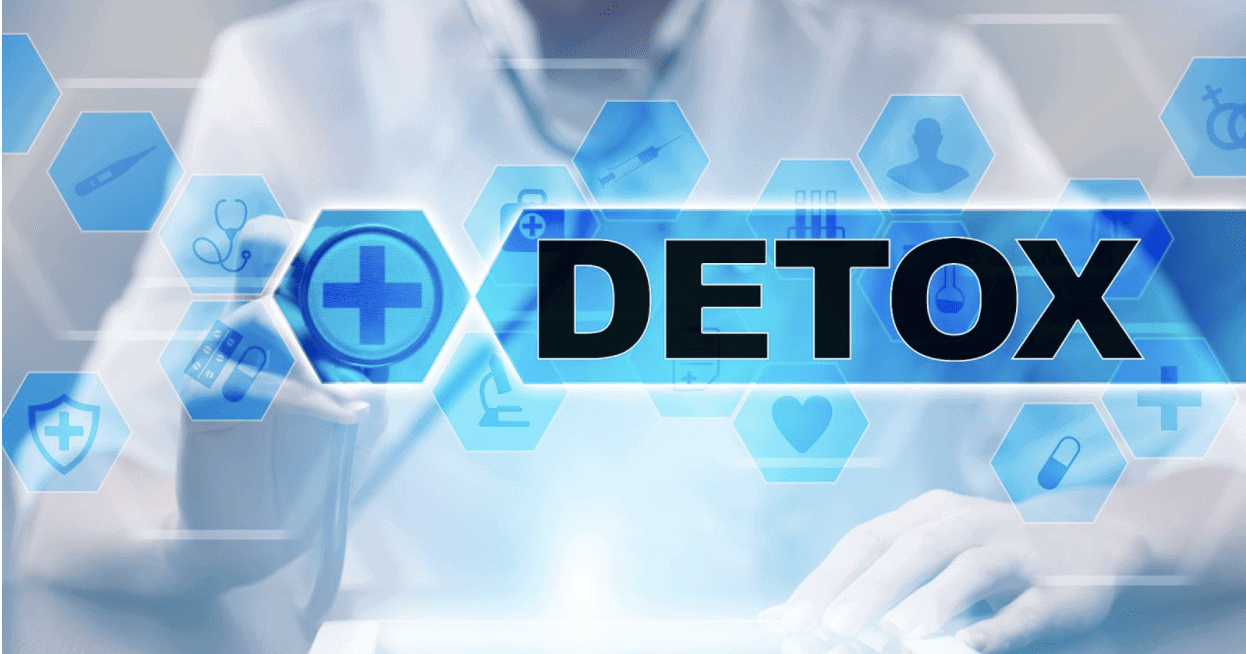When a person decides to quit drug and alcohol addiction or substance abuse, they often need to go through medical detox. After long-term drug use, your body may develop a physical dependence on the presence of drugs in your system.
Your body requires the drugs to function naturally; when a person quits alcohol or drugs cold turkey, their body can go into a shock and be unable to perform certain functions. When the body is in this state of withdrawal, the person will experience extreme discomfort and pain. The discomfort and pain of withdrawal are some of the many reasons why quitting drugs can be so hard.
What is Detox?
Since your body naturally can not get rid of toxins when it is in this state of withdrawal, this is when a medically assisted detox becomes necessary. Detox allows the body to eliminate toxins and heal damage from long-term alcohol or drug addiction. A drug and alcohol detox program helps eliminate the drugs circulating in the body and then stabilize the person to be ready for substance abuse treatment.
Some symptoms of withdrawal can be fatal, and overcoming withdrawal is dangerous to begin with. Using a medically assisted drug detox at a rehab program will help this process in many ways. The use of medications will help mitigate the discomfort and symptoms caused by withdrawal; additionally, you will be in 24/7 care by a medical team who can monitor your vitals and keep you safe.
People rarely undergo detoxification without medical supervision, mainly because the process can cause such intense and dangerous symptoms.
What is the Goal of Drugs and Alcohol Detox?
The primary goal of detoxification is to eliminate all harmful substances, narcotics, and toxins from the body of a drug abuser and get the user to a mental and physical state where they will benefit from the next steps in their addiction recovery process.

In some instances, a person may be able to break a dependency on their own. However, recovery centers are still best suited for detoxification. It is advised never to try detox at home as it can be life-threatening and put you at a greater risk of a relapse.
Physical and Psychological Symptoms of Withdrawal
Individuals with short-term dependencies have better results than those who have been addicted to drugs for several years. Even so, because withdrawal symptoms can be life-threatening, undergoing detox at a drug rehab or treatment center is the safest approach.
When quitting a drug or alcohol addiction, withdrawal may cause a wide range of physical and psychological symptoms that affect your behavioral health.
Some of these drug withdrawal symptoms include:
- Nausea and vomiting
- Shivering
- Sweating
- Headaches
- High temperature
- Increased heart rate and blood pressure
- Muscle and bone pain
- Inability to concentrate
- Extreme mood swings
- Weight loss
- Insomnia
- Depression/ Anxiety
- Diarrhea
- Hallucinations
- Seizures
Before removing toxins, drugs and alcohol users should try to comprehend potential symptoms they are at risk for. Due to powerful cravings, some individuals may give into cravings and not be able to complete detox. This is why drug rehabilitation centers are the best environment to rise above a person with substance use disorder.
Why is Detox Important?
While detox is unpleasant for the client and potentially life-threatening, the entire process is necessary. Without thoroughly cleansing the body, the narcotic residue could remain in the bloodstream. In this case, addicts may experience occasional cravings, which can come and go for many years. Drug cravings may result in a relapse.
Detox is most important because without getting over the initial withdrawal phase, a person will not be in a mental state to benefit from any other sort of treatment, such as counseling and therapy.
Many people choose to detox at home either due to lack of money or lack of information. Self-detox can rarely be safe and comes with a lot of dangers.
Why Do You Need to Detox at a Recovery Center?
While going through medical detox, clients are closely observed for safety, and the treatment facility’s new environment helps them disassociate with their previous addictive behaviors. The best chance for a new lifestyle starts with being in a safe new environment. Consequently, the risk of giving in to cravings and relapsing is minimalized while admitted for detoxification.

Before starting the detox, a proper medical assessment helps build an accurate report of what needs to be done according to the type of drug that has been abused. An expert at the addiction center gathers information about a client’s medical history, physical and mental health issues, and details about their drug and alcohol addiction. Blood tests are conducted to measure the number of drugs present in the client’s system. Based on these assessments, our team at Pacific Sands Recovery may recommend appropriate treatment options, including Medication-Assisted Treatment (MAT), to support and enhance the detoxification process.
This information is necessary to develop a personalized diet and prevent dangerous drug and alcohol withdrawal complications. Some treatment centers offer ongoing counseling during detoxification to help clients cope with the physical and psychological effects and remove toxins.
What is Detox For? Find Out at Pacific Sands Recovery
At Pacific Sands Recovery, we are dedicated to providing comprehensive inpatient addiction treatment programs that empower you to take control of your recovery journey. Take the important first step towards overcoming substance abuse and start your healing process today. Our team of professionals is here to listen, support, and guide you towards a personalized treatment plan that fits your unique needs. Speak directly with our experienced staff to learn more about what is detox for and to start creating your personalized treatment plan today. Your path to recovery begins here.
